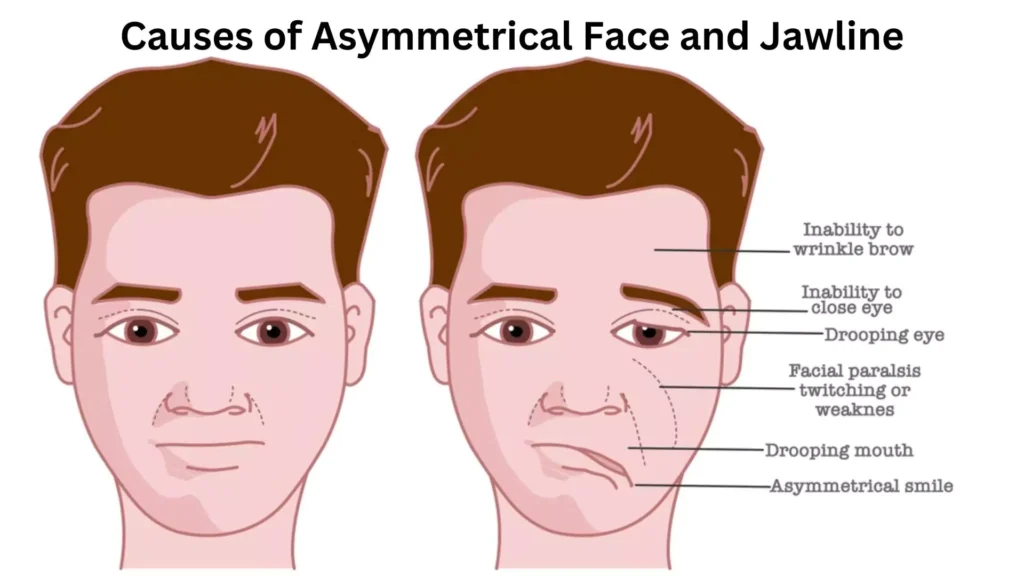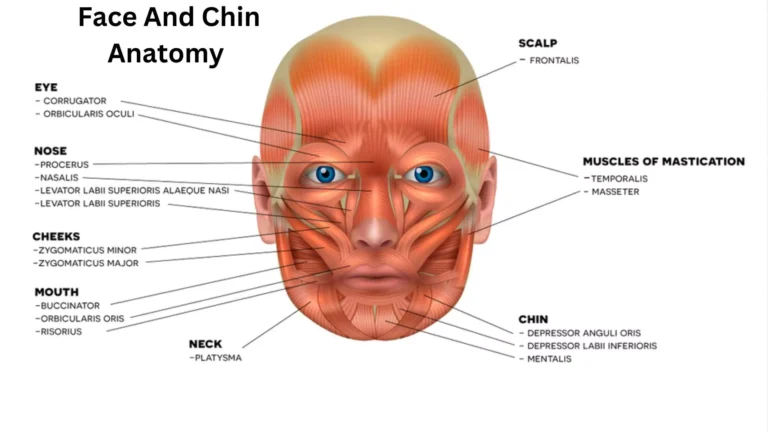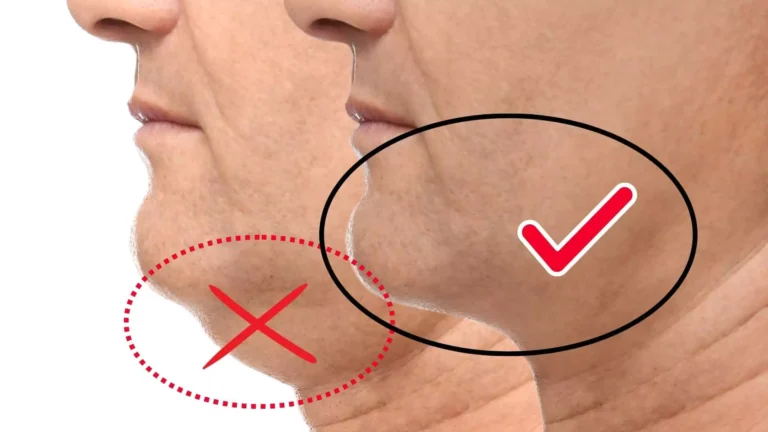Understanding Asymmetrical Face and Jawline
Explore the phenomenon of asymmetrical face and jawline, including its potential causes, methods of assessment, and available treatment options for achieving facial harmony and balance.
Introduction
The human face is a marvel of symmetry and balance, but for some individuals, asymmetry in facial features, particularly the jawline, can be a source of concern. In this article, we delve into the intricacies of asymmetrical face and jawline, exploring its underlying causes, methods of assessment, and available treatment options for achieving facial harmony and balance.
What is Asymmetrical Face and Jawline?
Asymmetrical face and jawline refer to a condition where one side of the face or jawline is noticeably different in size, shape, or position compared to the other side. This imbalance can manifest as differences in the prominence of facial structures, such as the chin, cheeks, or jawline, leading to a lack of symmetry and proportionality.
Causes of Asymmetrical Face and Jawline

Genetics: Genetic factors play a significant role in determining facial features, including symmetry and proportionality. Inherited traits and developmental abnormalities can contribute to asymmetrical facial growth and development.
Facial Trauma or Injury: Traumatic injuries, such as fractures or dislocations of the facial bones, can alter the alignment and shape of the jawline, resulting in asymmetry.
Dental Issues: Malocclusion (misalignment of the teeth) or temporomandibular joint (TMJ) disorders can affect the positioning of the jaw, leading to asymmetrical facial appearance.
Soft Tissue Imbalances: Differences in soft tissue volume or distribution, such as muscle bulk or fat distribution, can also contribute to asymmetrical facial contours and jawline appearance.
Assessment and Diagnosis
Physical Examination: A comprehensive physical examination by a qualified healthcare provider is essential for assessing asymmetrical face and jawline. This may involve measuring facial dimensions, evaluating jaw movement, and assessing dental occlusion.
Imaging Studies: Advanced imaging techniques such as X-rays, CT scans, or 3D facial scans may be used to visualize facial structures in greater detail and identify underlying skeletal or soft tissue abnormalities contributing to asymmetry.
Treatment Options

Orthodontic Treatment: In cases where asymmetry is primarily due to dental issues or malocclusion, orthodontic treatment such as braces or clear aligners may be recommended to correct tooth alignment and improve jawline symmetry.
Surgical Interventions: For more severe cases of asymmetrical face and jawline, surgical interventions such as orthognathic surgery (jaw surgery) or facial reconstructive surgery may be necessary to reposition facial bones and achieve greater symmetry.
Injectable Fillers: Injectable fillers such as hyaluronic acid or collagen-based dermal fillers can be used to augment soft tissue volume and restore facial balance in select areas of asymmetry, such as the cheeks or chin.
Botulinum Toxin (Botox) Injections: Botulinum toxin injections can be used to selectively weaken or relax overactive facial muscles, helping to improve symmetry and reduce the appearance of asymmetrical facial expressions.
Psychological Impact and Coping Strategies
Psychological Effects: Asymmetrical facial features can have a significant impact on an individual’s self-esteem and body image. Feelings of self-consciousness, social anxiety, and dissatisfaction with one’s appearance are common among those affected by facial asymmetry.
Coping Strategies: Developing coping strategies and positive coping mechanisms can help individuals manage the psychological impact of asymmetrical face and jawline. This may include practicing self-compassion, seeking support from friends and family, and focusing on personal strengths and attributes beyond physical appearance.
Facial Exercises and Symmetry Enhancement
Facial Exercises: Certain facial exercises and muscle-strengthening techniques may help improve facial symmetry and balance over time. These exercises target specific muscle groups in the face and jawline, promoting muscle tone and alignment.
Symmetry Enhancement Techniques: Cosmetic techniques such as makeup contouring and hairstyling can be used to visually enhance facial symmetry and balance. Strategic placement of makeup products and hairstyles can create the illusion of more symmetrical facial features.
Long-Term Maintenance and Follow-Up Care
Long-Term Monitoring: Following treatment for asymmetrical face and jawline, long-term monitoring and follow-up care are essential to ensure optimal outcomes and address any potential concerns or complications. Regular check-ups with a healthcare provider can help track progress and make adjustments as needed.
Lifestyle Modifications: Adopting healthy lifestyle habits, including proper nutrition, regular exercise, and stress management, can support overall facial health and symmetry. Maintaining a balanced lifestyle can also contribute to improved self-confidence and well-being.
Cultural Perspectives and Diversity
Cultural Perceptions: Cultural attitudes towards facial symmetry and beauty standards vary widely across different societies and cultures. While some cultures may prioritize symmetry and proportionality in facial aesthetics, others may embrace and celebrate facial diversity and uniqueness.
Promoting Diversity: Embracing facial diversity and challenging conventional beauty standards can promote inclusivity and acceptance of all facial types and features. By celebrating individual differences, we can foster a culture of self-acceptance and appreciation for diverse facial aesthetics.
Conclusion: Empowerment Through Acceptance
In conclusion, asymmetrical face and jawline are natural variations in facial anatomy that reflect the diversity and uniqueness of each individual. By understanding the underlying causes, exploring treatment options, and embracing facial diversity, individuals can empower themselves to embrace their unique features and cultivate self-confidence and acceptance.
Remember, beauty comes in all shapes, sizes, and symmetries. By celebrating our differences and embracing our individuality, we can redefine beauty standards and create a more inclusive and accepting society.








One Comment